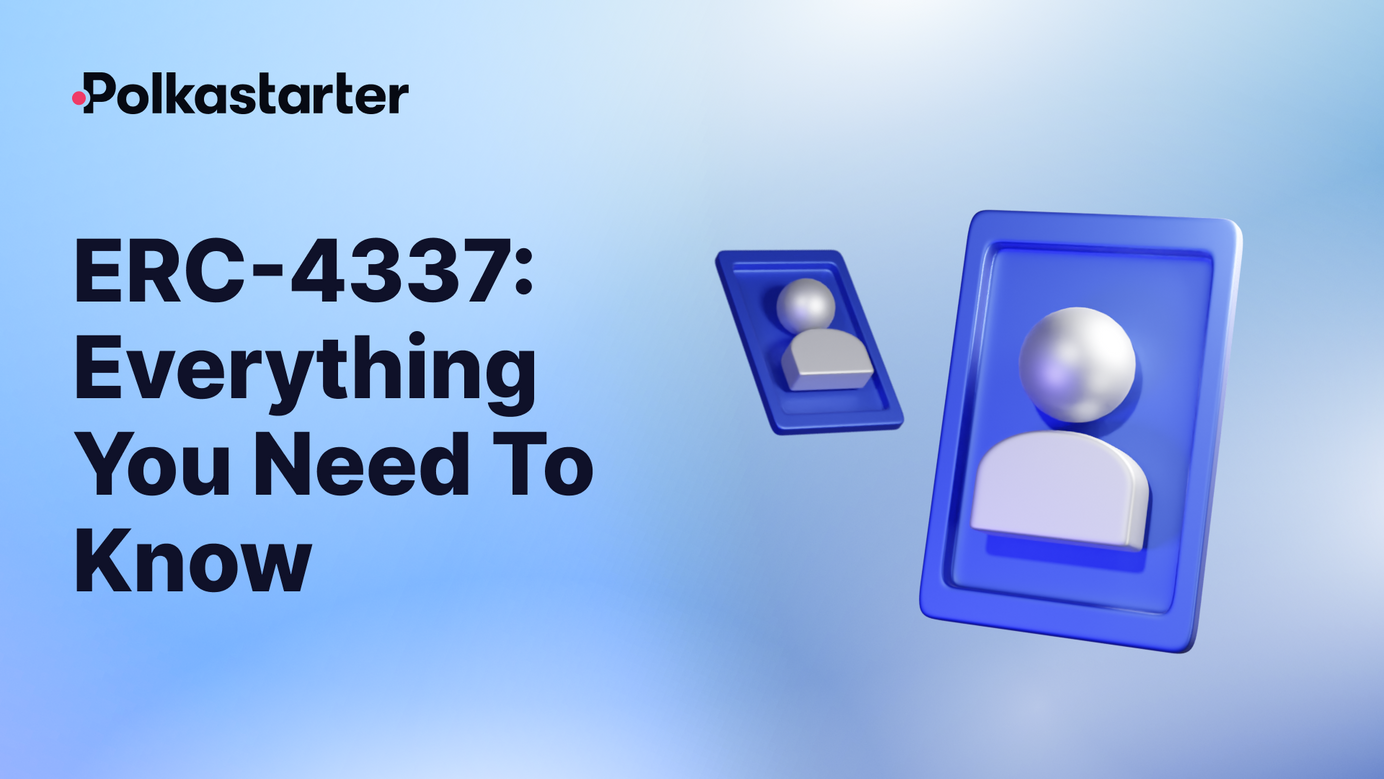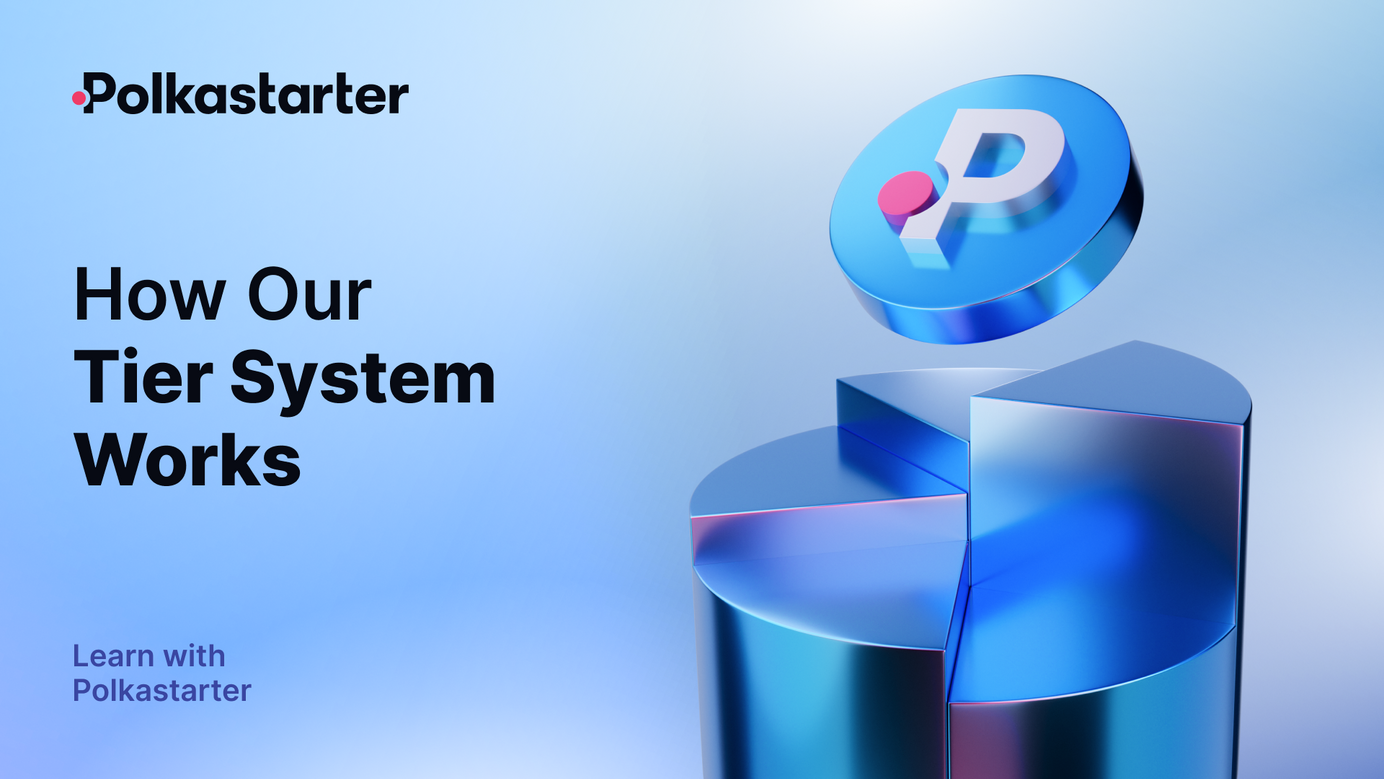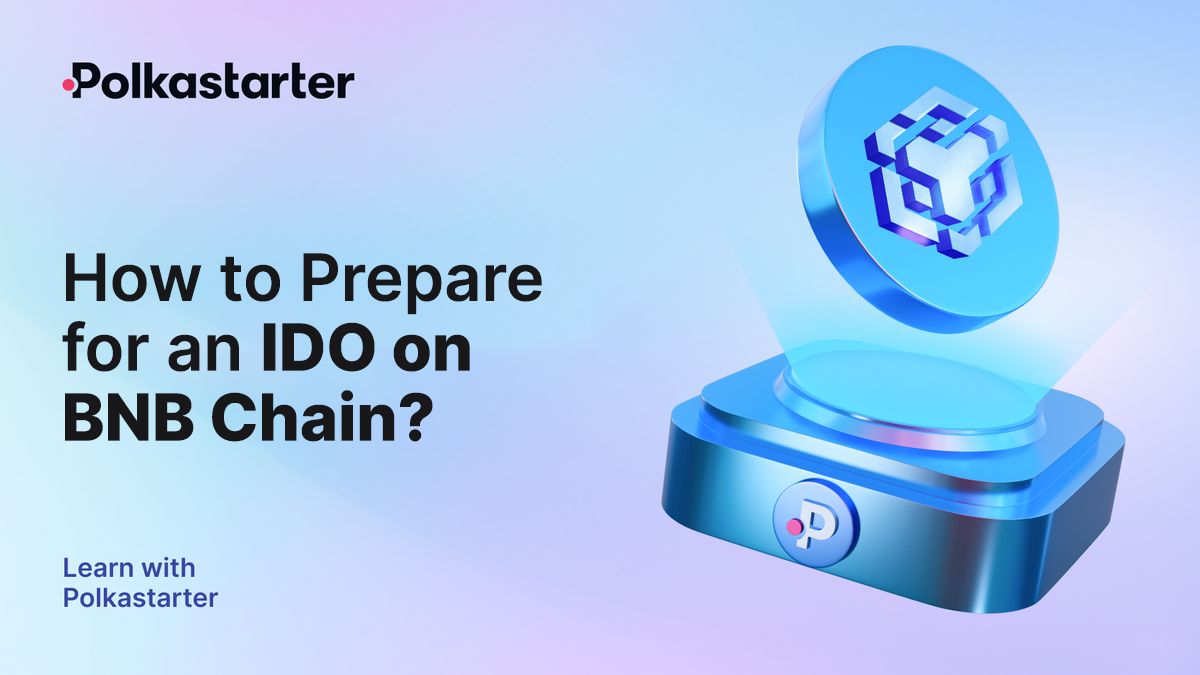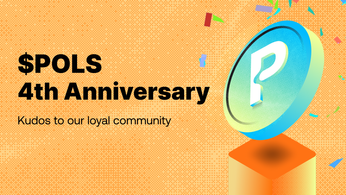
ERC-4337: Everything You Need To Know
Unlocking the future of Ethereum Transactions
ERC-4337 has just been deployed on the mainnet, and it promises to give a significant push to crypto's mass adoption. The new protocol enables the use of smart accounts, also known as account abstraction, which leads to various potential use cases that promote the mass adoption of the Web3 way of things.
In this blog post, we'll demystify Ethereum's latest upgrade and explain in plain language why it is so powerful. Let's dive right in.
What is ERC-4337?
ERC-4337, also known as the Ethereum Improvement Proposal 4337, is a protocol that enables the use of smart accounts, also known as account abstraction.
Account abstraction is the process of separating the transaction process from the underlying blockchain mechanics. It enables users to interact with the blockchain using simple language and eliminates the need for users to manage cryptographic keys.
A bit confused? Let’s break down some terminologies.
Account: An account on the blockchain is an entity with a native token balance. An account is also an entry point for on-chain transactions. Accounts can either be user-controlled or deployed as smart contracts.
There are two types of accounts: Externally Owned Accounts (EOA) and Smart Contract Accounts. EOAs are managed by a private key, while Smart Contract Accounts are governed by code.
Now, let’s talk about Account Abstraction.
Currently, the default account for most users is an EOA, which are based on private keys and can be difficult for users to manage. Account Abstraction aims to make Smart Contract Accounts the default account type as they are more flexible and highly customizable.
How does ERC-4337 achieve that?
ERC-4337 enables Account Abstraction (AA). This technology allows users to initiate transactions by signing a "UserOperation" with a smart wallet, which then gets fired to a special mempool, an organized queue of transactions.
How does AA enable that? By moving the validity conditions of a transaction (signature verification, gas payment, replay protection) out of the core protocol level (consensus layer) and into the EVM smart contract level (execution layer).
ERC-4337 also utilizes a decentralized infrastructure called "Bundler" to process UserOperations and deliver results to miners, to make the final transactions go on-chain.
These two breakthroughs bring a number of features with great potential, as listed below.
Potential Use Cases of Account Abstraction
Account abstraction allows for the use of two-factor authentication, monthly spending limits, session keys, and time-locked social recovery. It also enables cryptographic keys to be stored on standard smartphone security modules, upgrading them to de facto hardware wallets.
Bundlers (explained above) also pay for transaction fees and are compensated by the user's contract account or a third-party paymaster. This approach eliminates the need for users to learn complicated seed phrases or the technical process of setting up a wallet. The easier the onboarding process is, the higher chances we can bring new users to Web3.
Besides, AA enables new features for dApps to implement and enrich the user experience. The better the dApps are, the higher the retention rate of users will be.
Below are some possible features powered by AA:
- Seedless logins allow users to create wallets without knowing what a private key is.
- Account security: Enable social recovery and security features like time-locks and withdraw limits.
- Batched transactions allow developers to combine transactions into one before users approve it, so they don’t need to sign for every little step.
- Sponsor transactions: It also enables different gas payments, abstracting away gas payments or paying for transactions in other tokens..
- Pre-authorized payments up to a certain amount are also possible, which means you can decide when and how you want to approve transactions and make payments scheduled in advance!
Who is building with Account Abstraction?
Several projects are already building with account abstraction to improve the blockchain experience. Zk-Rollup layer 2 scaling solutions StarkWare and zkSync have incorporated Account Abstraction natively and Visa designed an automated crypto bill payment system that makes use of it. And there are plenty also building to harness account abstraction.
Safe
Safe is building a platform for managing digital assets on Ethereum and multiple EVMs. Launched with Stripe, Gelato and Web3Auth, it’s Account Abstraction, Stack Safe{Core}, has a security-focused approach to handling transactions on the blockchain. By segregating the transaction signing process from the user's private key, Safe adds an extra layer of protection against hackers and malware. Additionally, the stack includes a recovery mechanism that allows users to regain access to their accounts in case of lost or compromised private keys.
Stackup
Stackup is a crypto wallet infrastructure company dedicated to simplifying the use of cryptocurrency founded in 2021. Following the security audit clearance of ERC-4337, Stackup has launched a node service that enables users to send ERC-4337 transactions and sponsor transactions on the Ethereum network. The platform supports Ethereum mainnet, Polygon mainnet, Polygon Mumbai testnet, and Goerli testnet.
UX is the foundational piece for mass adoption
The best added advantage of Account Abstraction is said to be allowing projects to use plain and easily understood language to onboard new users instead of arcane technical terms.
In one of our latest podcast episodes, we hosted UX Researcher Georgia Rakusen, discussing the role of Web3 UX design in mass adoption. Make sure you listen in to understand how user experience can help drive adoption.
However, even the use of the term ‘Account Abstraction’ has room for improvement. We hope this article has provided you with a clear understanding of the technology's benefits and made you as excited as we are about the new Web3 era with this update!
About Polkastarter
Polkastarter is the leading decentralized fundraising platform enabling crypto’s most innovative projects to kick-start their journey and grow their communities. Polkastarter allows its users to make research-based decisions to participate in high-potential IDOs, NFT sales, and Gaming projects.
Polkastarter aims to be a multi-chain platform. Currently, users can participate in IDOs and NFT sales on Ethereum, BNB Chain, Polygon, Celo, and Avalanche, with many more to come.
Website | Twitter | Discord | Telegram | Instagram | Newsletter | YouTube
Polkastarter Blog - Latest Polkastarter News & Updates Newsletter
Join the newsletter to receive the latest updates in your inbox.





